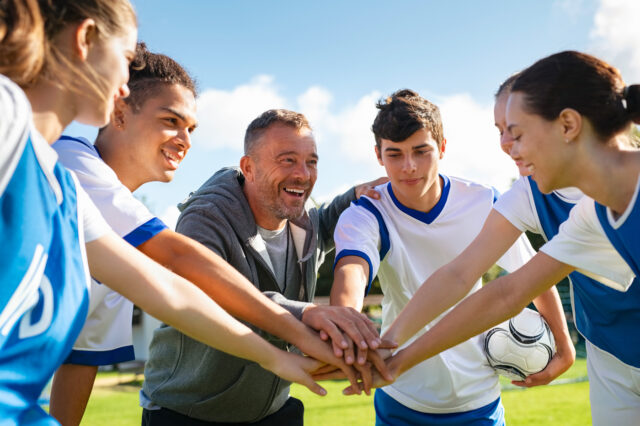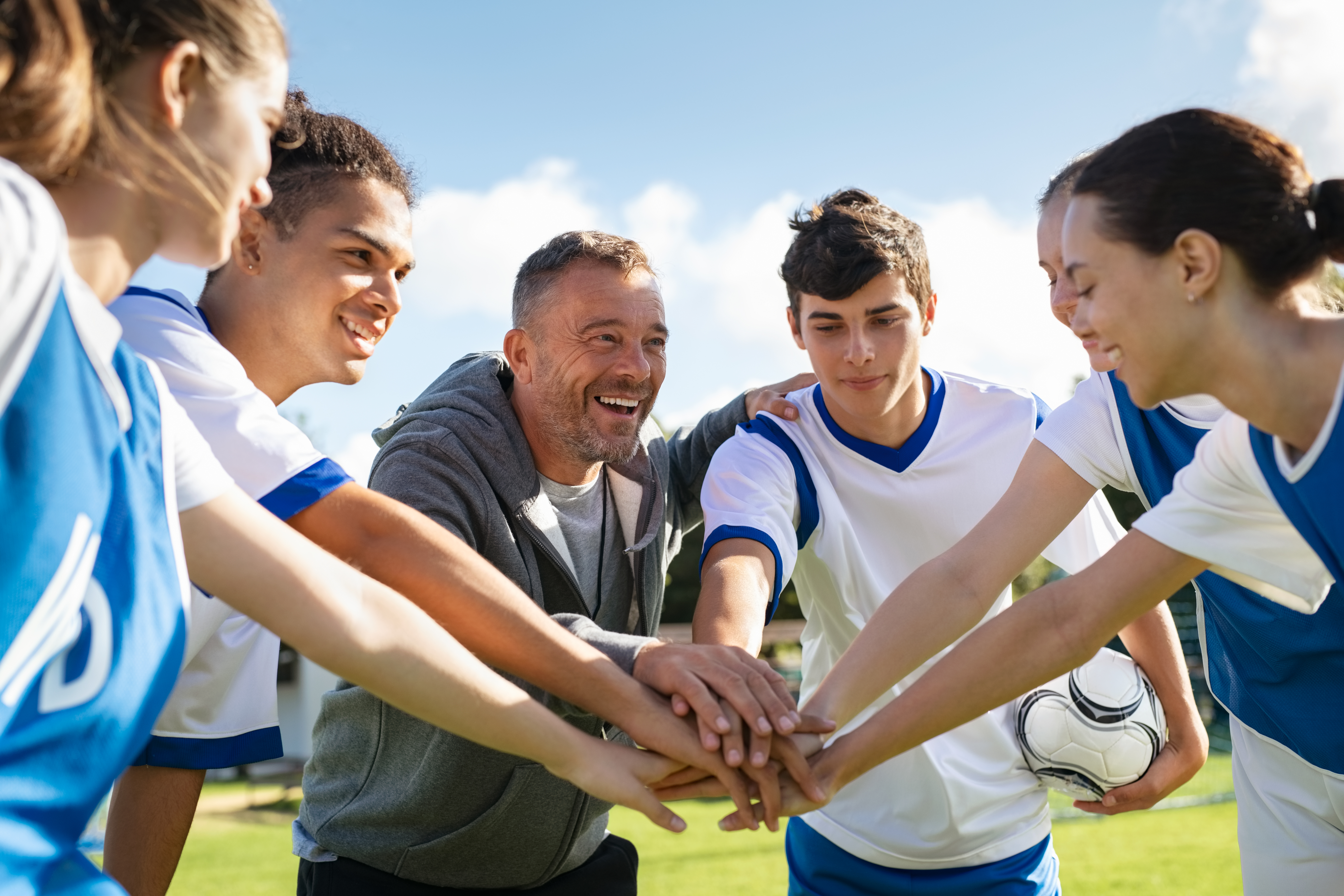Sports Injury Education and Prevention: Concussions, Heat Illness and Sudden Cardiac Death

Summertime in Florida means high temperatures, recreational sports and a rise of serious sports-related injuries, such as concussions, heat illness and sudden cardiac death. The experts at UF Health Orthopaedics and Sports Medicine explain the signs and symptoms of these injuries and the best way to prevent them.

Concussions
Concussions are caused by a direct blow to the head, face or neck or elsewhere on the body with a force transmitted to the head. There are nearly 4 million concussions reported each year during competitive sports and recreational activities in the U.S.
“This number is probably much higher, because a lot of our student-athletes will try to either hide a concussion or are not aware that they have sustained a concussion,” said Jason Zaremski, MD, a clinical associate professor in the department of physical medicine and rehabilitation at the University of Florida.
Early signs an athlete has sustained a concussion include symptoms such as headache, dizziness, nausea or vomiting, slurred or incoherent speech, and imbalance. It is important to report a suspected concussion as soon as possible, because a delay in care could lengthen the recovery process. After a concussion has been reported, it is imperative that the student-athlete see a health care provider to determine the best care plan.
Heat Illness
Heat illness can be very severe. This includes heat exhaustion and heat stroke.
Heat exhaustion is the inability to continue exercise due to the heat. An athlete with heat exhaustion may present with pale skin, muscle cramps, weakness, dizziness, headache or nausea. It is important to get the athlete to a shaded area and place cool towels or bags of ice on their body. Cool water immersion is the quickest way to bring an athlete’s temperature down.
“If you have an athlete who is showing signs of heat exhaustion, take it seriously and address it,” said Joshua Altman, MD, a clinical associate professor in the department of orthopaedics and sports medicine at the University of Florida. “It can progress to heat stroke.”
Heat stroke is a central nervous system dysfunction caused by a core body temperature above 104 degrees Fahrenheit.
“Heat stroke may present as subtle as an athlete being more combative or behaving a little differently or it can be as significant as a seizure, hallucinations or collapse,” Altman said.
When an athlete presents with heat stroke symptoms, it is considered a medical emergency. It is imperative to cool the athlete and call 911. The first 30 minutes are the most important when dealing with heat emergencies, so being prepared with ice packs, cold water immersion tubs and the ability to hydrate athletes is important for prevention and emergency action.
Sudden Cardiac Death
Sudden Cardiac Death, or SCD, results from sudden cardiac arrest. Although there are tests to screen for cardiac abnormalities, 80% of SCD patients have no symptoms before their cardiac arrest.
When an athlete collapses during practice or competition, it must be treated as a medical emergency and 911 should be contacted immediately.
“We talked about heat stroke having a 30-minute window of opportunity,” said Bryan Prine, MD, an assistant professor at the University of Florida College of Medicine and medical director of UF Health ORTHOcare. “When we are dealing with a student-athlete in cardiac arrest, it is a three-minute window of opportunity.”
It is important to develop and rehearse an Emergency Action Plan, or EAP, for medical emergencies. For a student-athlete experiencing cardiac arrest, it is best to have an automated external defibrillator, or AED, nearby and a team of personnel trained to use it. Students suffering a medical emergency at high schools that have AED programs have an 85% survival rate for students (61% for adults). These survival rates decrease by approximately 10% each minute that action is delayed.
The best way to prevent a cardiac death in sports is for student-athletes to be screened before participating. This includes completing an annual sports physical with a medical professional. The Florida High School Athletic Association created a preparticipation form for student-athletes that includes questions to screen for those at high risk and an evaluation from a medical professional. The form’s purpose is to uncover any cardiovascular abnormalities that may have gone unnoticed.
Being Prepared
The first step in mitigating serious sports injuries is being prepared. If you are a coach, prepare an EAP and rehearse it regularly. If you are a parent, talk to your athlete’s coach, school or recreational sports administrators about their plans during an emergency. With the help of coaches, parents and medical professionals, we can continue to make youth sports safer.
